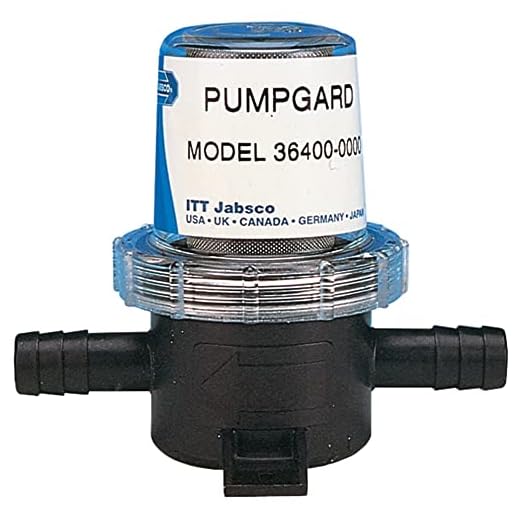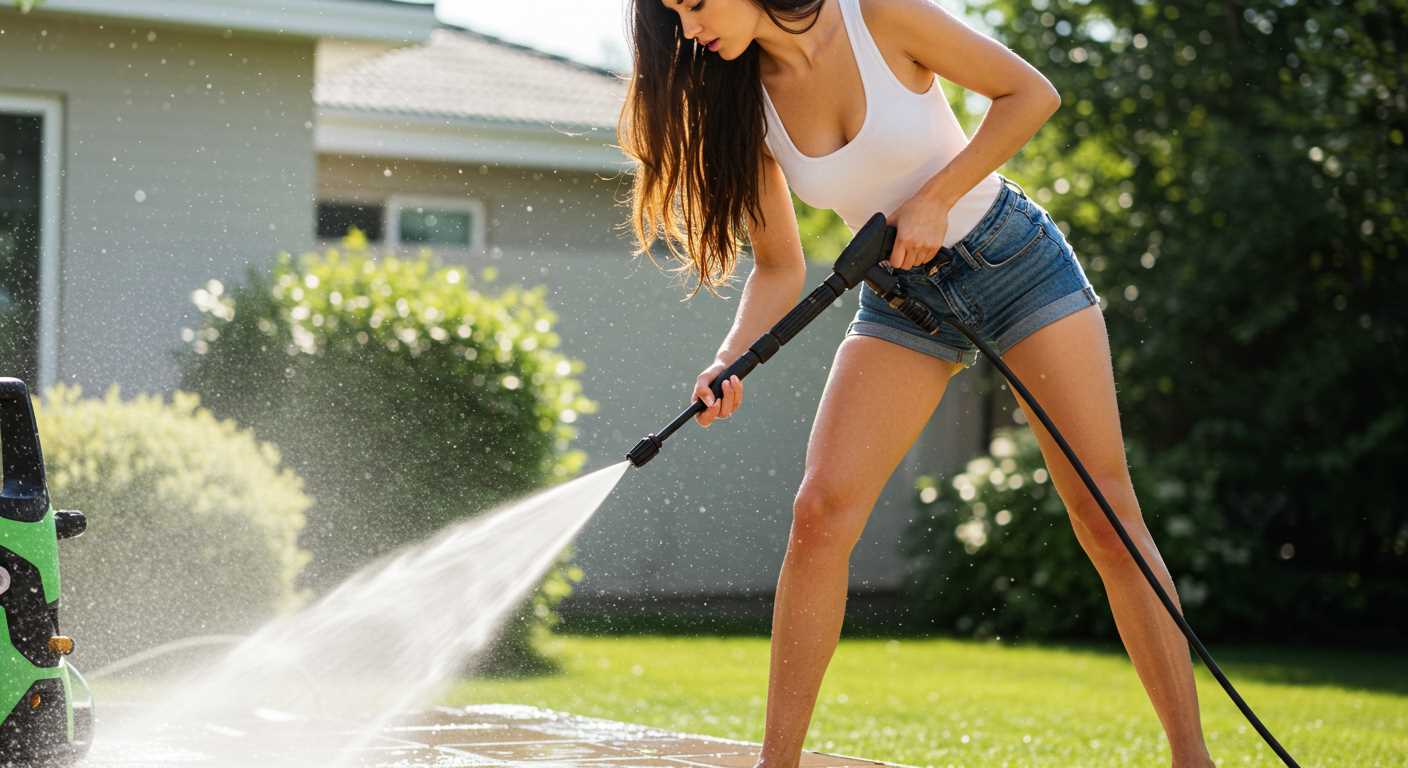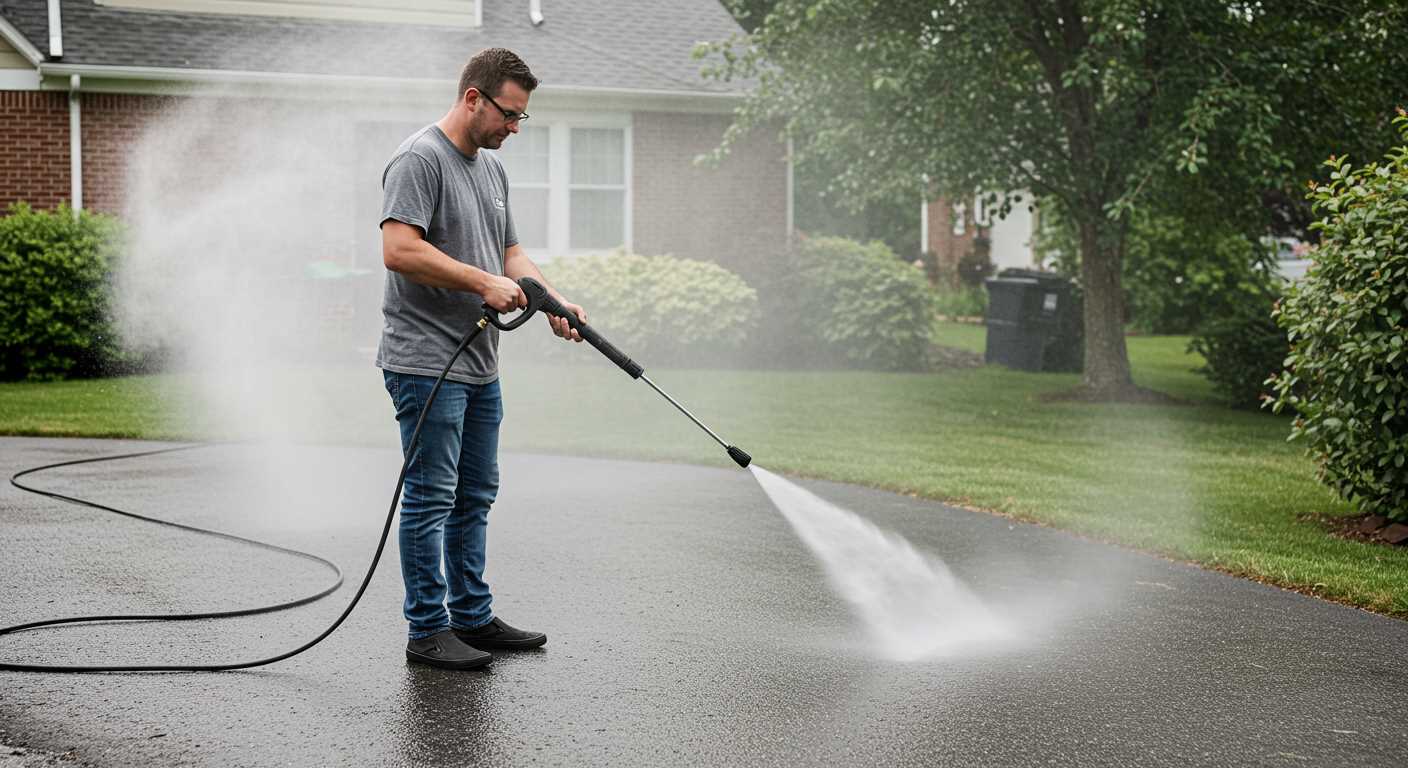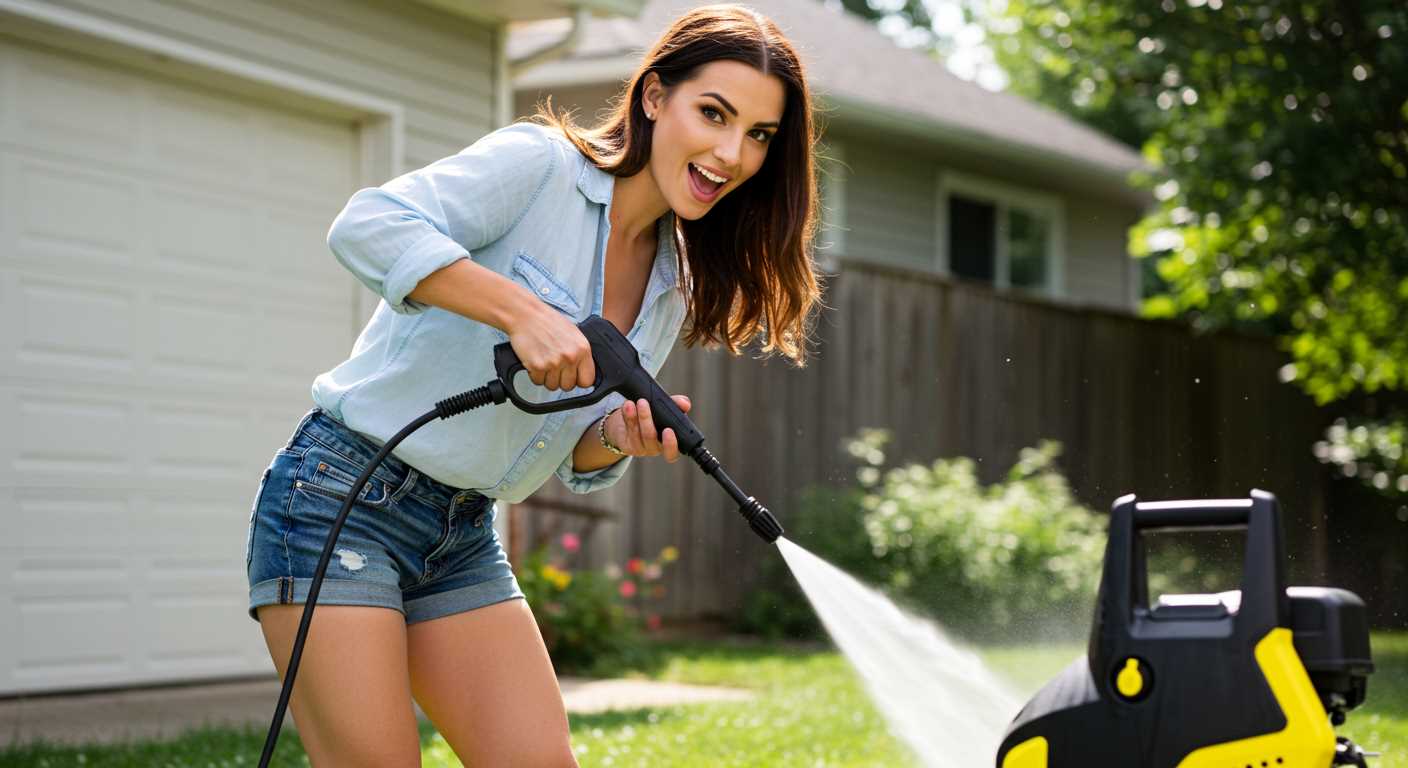



Consider a submersible pump to effectively draw water from the nearby body of water for your cleaning machine. This type of pump will ensure a steady flow, making it instrumental for your tasks. Focus on selecting a pump with sufficient horsepower to meet the demands of your equipment while maintaining optimal performance.
Connection is straightforward: attach a suitable hose from the pump to your cleaning device. Ensure that connections are airtight to prevent loss of pressure and water flow. A fitted filter at the pump’s intake is also beneficial, as it prevents debris from clogging your system.
Monitor the water level in the natural source, as depletion can lead to pump damage. Installing a float switch can automate this process, protecting your equipment. Ensure you’ve assessed local regulations regarding the extraction of water to avoid legal complications.
Lastly, test the system before proceeding with your cleaning tasks. Check for leaks, adjust settings, and verify that pressure levels are consistent. Being thorough in your setup allows for a seamless experience, enabling you to harness nature’s resource efficiently.
Selecting the Right Equipment for Lake Use

Choosing a suitable machine for drawing water from a natural source requires attention to specific features. Focus on models with high intake capabilities, particularly those designed to handle debris and sediment commonly present in lakes.
Key Features to Consider
Opt for units equipped with a durable filter system. This will prevent clogging while maintaining performance. Look for machines that specify a minimum water depth required for operation; this will provide flexibility in varying water conditions.
Additionally, units with adjustable pressure settings are beneficial, allowing for different cleaning tasks without risking damage to surfaces. Corrosion-resistant materials will enhance longevity, especially when exposing machinery to natural water sources.
Portability and Power Source
Consider the weight and design for transport. Compact options can ease movement on uneven terrain. Electric models are quiet and require less maintenance, while gas-powered variants offer greater mobility and runtime. Select based on your cleaning frequency and location accessibility.
For any choice, ensure proper attachment compatibility with hoses designed for lake connections to avoid flow restrictions. This detail can significantly improve overall user experience.
Preparing the Water Intake System for Lake Water
To effectively utilise water from a natural body, it’s crucial to put together a reliable intake system. Begin with a robust filter to keep debris and sediment from entering the equipment. A fine mesh filter with a screen size of 50 to 100 microns works well for this purpose.
Key Components
- Water Hose: Use a heavy-duty hose, ideally reinforced, to withstand potential abrasions and offer durability.
- Float Valve: Incorporate a float valve to maintain the water level, ensuring the inlet remains submerged while adapting to varying water levels in the lake.
- Strainer: Position a strainer at the hose’s end to filter out larger particles. This can significantly reduce wear on your equipment.
- Quick Disconnects: Include quick disconnect fittings for easy assembly and disassembly, saving time during set-up and storage.
Assembly Steps
- Attach the fine mesh filter to the water intake system.
- Connect the reinforced hose to the filter, ensuring a snug fit.
- Secure the float valve to the opposite end, which should be submerged in the water source.
- Install the strainer at the hose’s end to prevent entry of larger debris.
- Test the assembly for leaks and optimal water flow before actual use.
Regular maintenance is essential. Clean filters and strainers often to ensure optimal performance. Inspect hoses for any signs of wear or damage before deploying. By following these guidelines, the water intake system can effectively draw clean water for operations, promoting longevity and reliability.
Installing a Pre-Filter to Remove Debris
Attach a pre-filter to the intake hose for effective debris removal. Opt for a mesh strainer with a 100 to 200-micron rating to capture larger particles. This addition will prolong your equipment’s lifespan and improve performance.
Begin by selecting a location close to your water source. Ensure the pre-filter is suitable for external use and has UV protection. Consult the manufacturer to match size parameters with your intake hose diameter, typically around 1 inch. Use hose clamps to secure connections and minimise leaks.
Before installation, clean the strainer thoroughly to avoid contamination. Regular maintenance is key–inspect the filter at least once a month. If you notice a drop in water flow, clear the debris buildup promptly. This proactive approach reduces wear on internal mechanisms, ensuring smooth operation.
Consider using an additional sediment trap downstream. This can further catch fine particles before they enter your system. Always keep a spare filter on hand to replace the existing one during emergencies or when cleaning takes longer than expected. This simple step can save time and prevent unexpected interruptions in your cleaning tasks.
Ensuring Proper Suction from the Lake
Maintaining optimal suction performance is critical for drawing water effectively. First, verify that the intake hose is submerged adequately. A depth of at least 30 cm is recommended to prevent air ingress.
Next, select a high-quality, flexible hose that minimises kinking. A diameter of 5 cm is often sufficient, but larger hoses can enhance flow rates. Ensure all connections are tight and leak-free; tape or special sealing can be used for added assurance.
Utilising a foot valve can significantly aid in maintaining suction. This component acts as a one-way valve, ensuring that once the system is primed, water remains in the hose even if the pump is turned off temporarily.
Also, the position of your equipment influences suction efficiency. Elevate the machinery above water level if feasible, as this can reduce the effort needed to pull water upwards.
Regularly check for blockages in the hose and fittings. Sudden drops in pressure often indicate that debris has infiltrated the system. Implement a routine maintenance schedule to clean out any accumulated particles.
Lastly, testing different intake points may yield better results. Assess the clarity and quality of water at various locations around the lake; some spots may offer cleaner supplies with less debris.
Adjusting Pressure Settings for Lake Water Quality

To achieve optimal results while using a cleaning machine with water sourced from a natural body, it is crucial to adjust the settings based on the specific quality of the lake water.
Here are my recommendations:
- Assess water clarity: If the water appears murky or contains floating debris, reducing the output pressure is advisable to prevent clogging the equipment.
- Identify contaminants: You may encounter organic material such as algae or weeds. A lower pressure will help avoid damage to surfaces while effectively dislodging such contaminants.
- Monitor sediment levels: In areas with significant sediment, using a gentle setting allows better filtration, reducing wear on components and prolonging service life.
- Experiment with settings: Start with a medium pressure and adjust upwards gradually, observing how well the unit performs under different conditions until the desired cleaning effect is achieved.
- Regularly check for clogs: After each session, inspect hoses and nozzles for any debris build-up, adjusting settings again as necessary to ensure efficient operation during subsequent uses.
Consistency in inspecting both the water quality and the machine’s settings can greatly enhance cleaning efficiency and equipment longevity.
Maintaining the Equipment in a Natural Water Environment

Regular checks are necessary to ensure optimal performance and longevity. Start by examining the water intake and hoses for any signs of wear or damage. Replacement of any compromised components helps prevent water leakage and suction issues. Ensure connections are tight to avoid air entering the line.
Cleaning Procedures
Conduct thorough cleanings after every session. The intake filters, particularly those exposed to natural elements, can accumulate dirt and biological matter. Immerse the filters in a mixture of vinegar and water to dissolve any buildup. Rinse thoroughly before reinstalling.
Fluid Maintenance
Monitor and change the lubricants as per the manufacturer’s specifications. Natural water can introduce contaminants that degrade lubricants faster than standard usage conditions. Using a high-quality detergent combined with regular oil changes mitigates risks of internal wear.
| Component | Maintenance Frequency |
|---|---|
| Water Filters | After every use |
| Hoses and Connectors | Weekly |
| Lubricants | Monthly or as needed |
Lastly, store the equipment in a dry area away from direct exposure to environmental elements. This practice helps maintain the integrity of the unit and ensures it’s ready for the next task.
Closing Down Procedures and Water Disposal Considerations
Before concluding your operations with a high-pressure cleaning unit powered by aquatic resources, ensure thorough inspection and proper maintenance. Begin by rinsing out the intake system with clean water to eliminate any sediment residue that may have entered from the natural source. This step mitigates potential blockages and long-term damage to components.
Disposing of Lake Water
Displacement of used water back into the environment should align with local regulations. Typically, untreated surface water should not be returned to the ecosystem, particularly if any chemical agents were utilised during your cleaning process. Dispose of this waste water at designated facilities or allow it to evaporate on a non-porous surface, when safe. If any debris or pollutants are present, ensure compliance with environmental guidelines.
Final Equipment Care
Prior to safely storing equipment, conduct a final check for any signs of wear or damage. Remove and clean filters meticulously, as they directly affect the longevity of the appliance. Make sure all hoses are drained properly to prevent freezing or growth of microorganisms. Store in a designated area where it can remain protected from extreme conditions.









